What happened to US house prices in previous recessions?
How the real estate market performed during past economic downturns
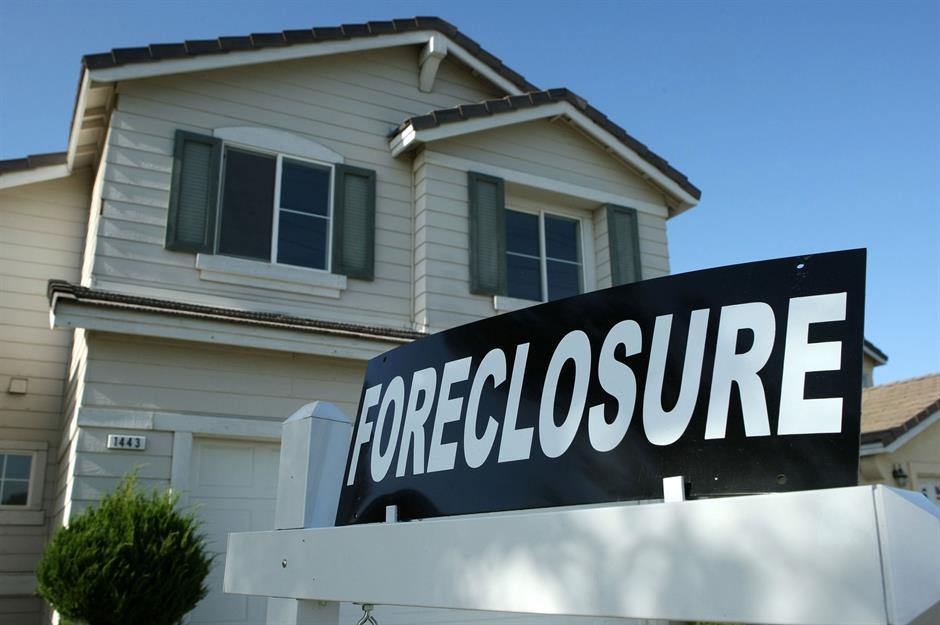
The US housing market is remarkably resilient having more or less weathered the majority of recessions since the 1930s, and is bearing up astonishingly well at the current time despite the Covid-19 pandemic. In fact, you won't believe how buoyant the market remained during some of America's worst economic downturns. Looking back over the years, we reveal what really happened to home prices in previous recessions...
Great Depression: August 1929–March 1933
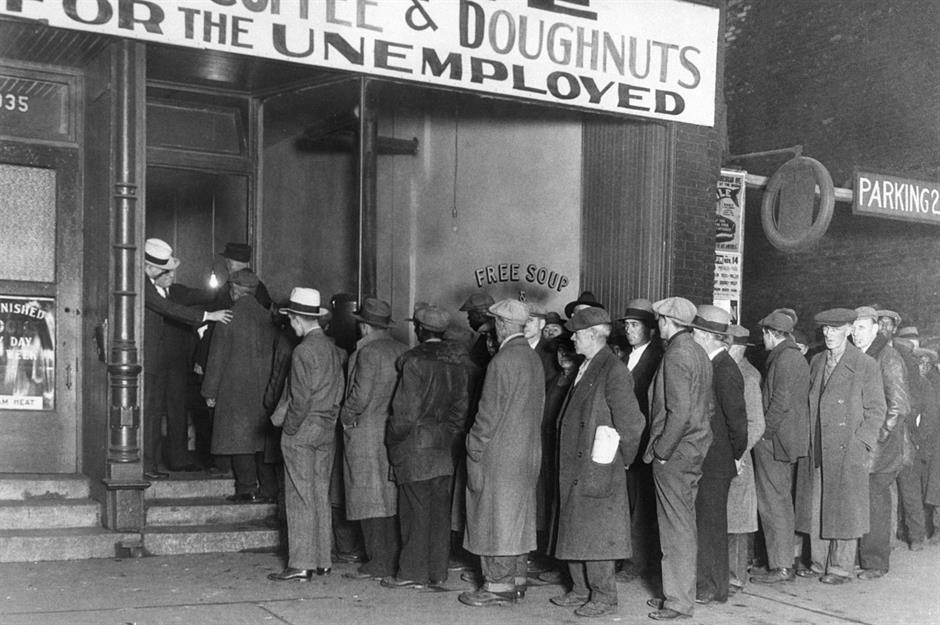
Great Depression: August 1929–March 1933

Great Depression: August 1929–March 1933
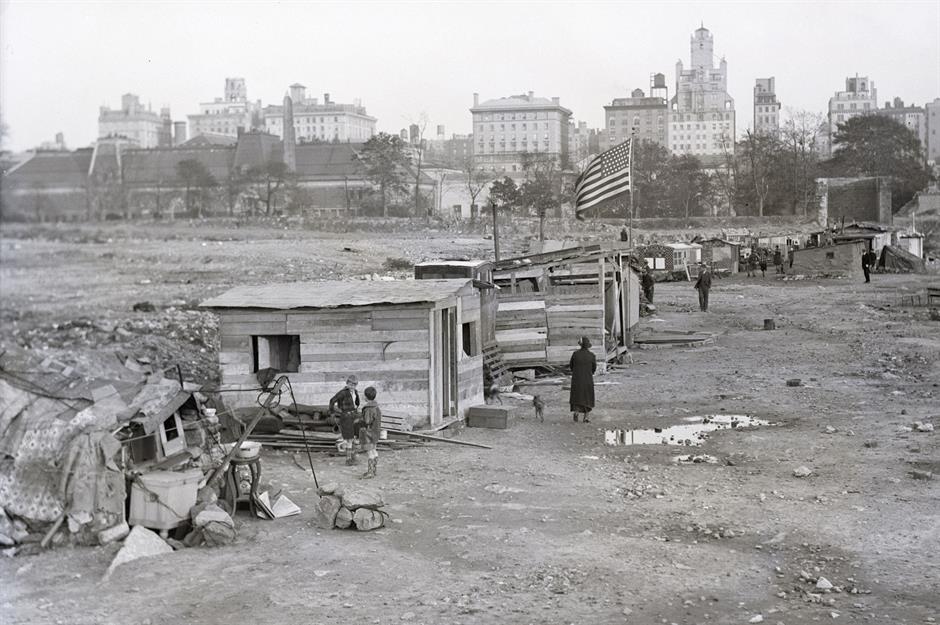
When an extreme and long-lasting downturn hits, the resilience of the US housing market is severely tested. Fortunately the circumstances these days are vastly different compared with those in the 1930s, hence a slew of forecasters envisage a rapid V-shaped recovery from our current pandemic-induced recession.
Early 1970s recession: November 1973–March 1975
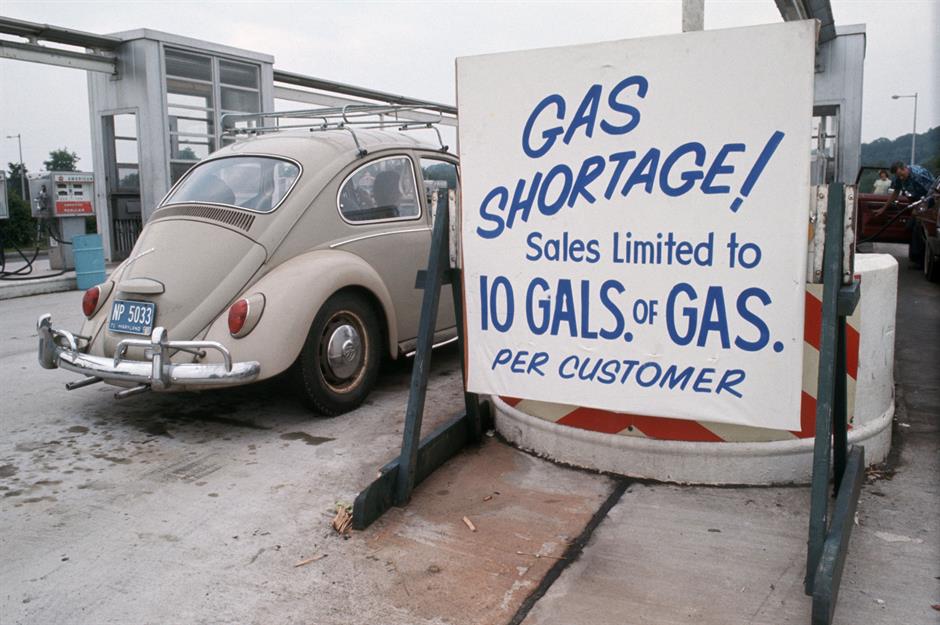
America's post-Second World War economic miracle ran out of steam in the early 1970s. Nixon administration price and wage controls, the 1973 and 1974 oil shock, global steel crisis and a nosediving stock market sent the nation hurtling into recession. The downturn differs from others in that stagflation was the key feature: inflation and unemployment remained stubbornly high while gross domestic product (GDP) growth slowed, declining by 3.8%.
Early 1970s recession: November 1973–March 1975
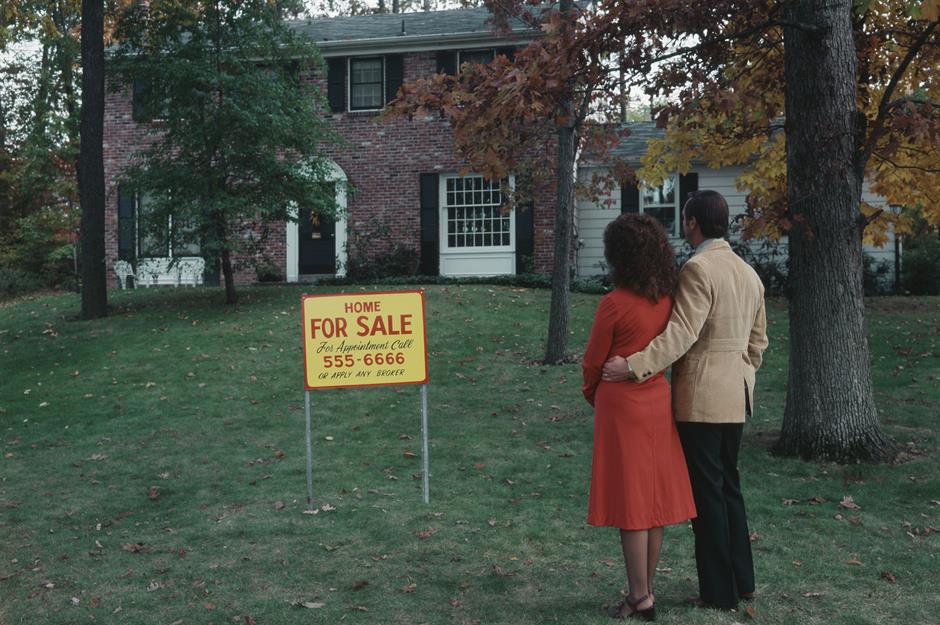
Given inflation was out of control, house prices actually shot up in the US during this recession. New home sale prices for instance increased by 7.5%. At the beginning of the downturn the average price of a house sold in America was $36,600 (£30k) with the figure creeping up to $40,900 (£32k) by Q1 1975 when the recession ended, a rise of 11.7%.
Early 1970s recession: November 1973–March 1975
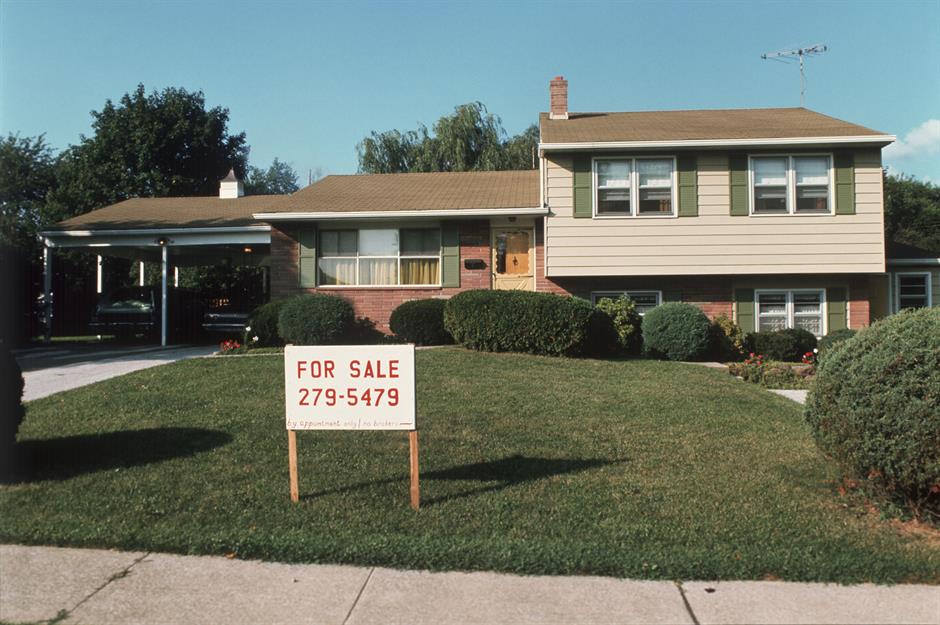
While inflation was the key driver keeping prices high, the fact the recession was caused by factors that had nothing to do with housing lessened its effect on the residential real estate market. This partly explains why analysts believe the impact of the coronavirus recession may not be so severe.
1980s recession: January 1980–July 1980
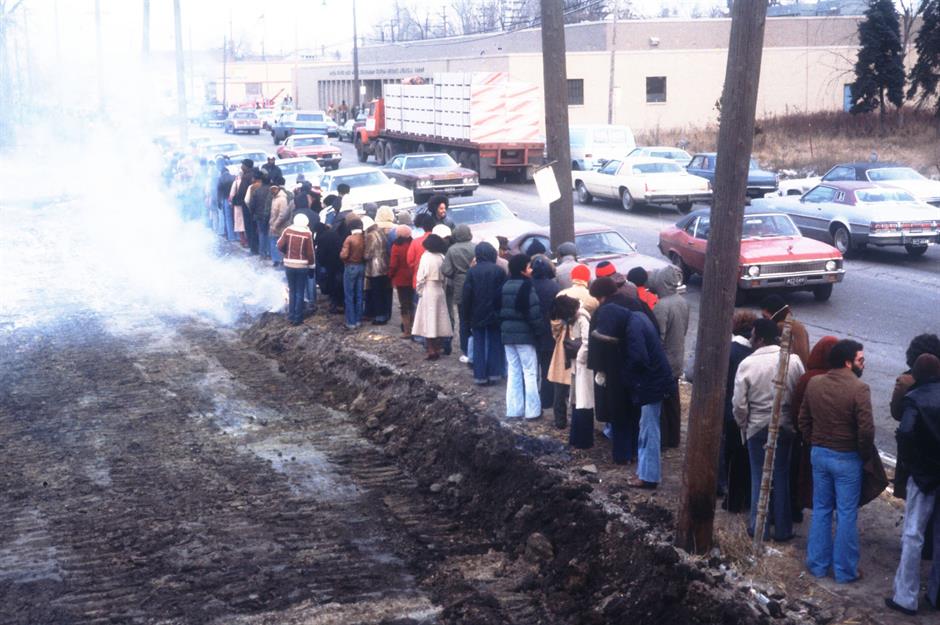
1980s recession: January 1980–July 1980
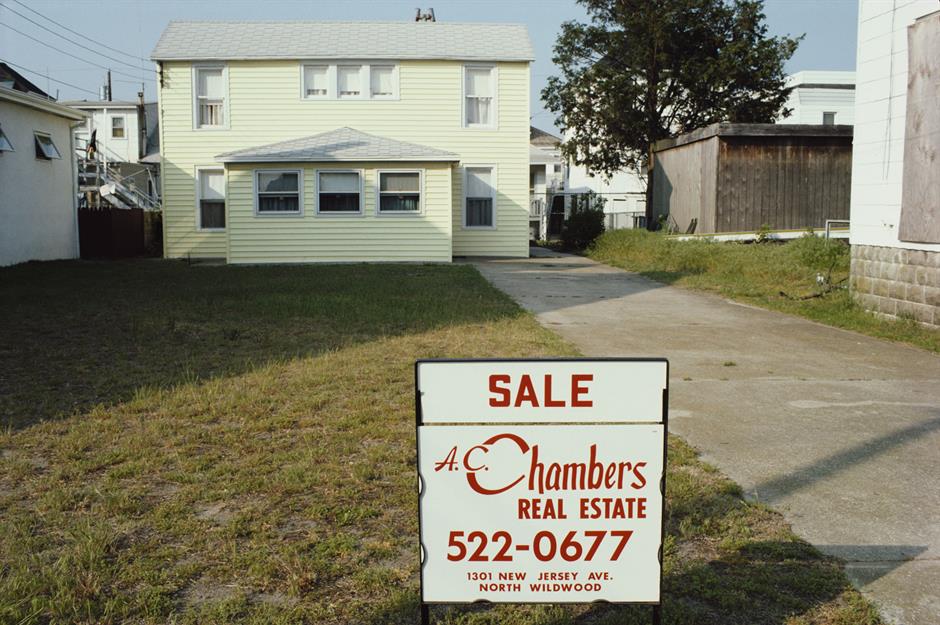
House prices increased by 4.5% during the downturn as inflation stayed high. Studies show rising unemployment generally correlates with falling house prices, but this isn't always the case as the 1980 recession proves.
1980s recession: January 1980–July 1980
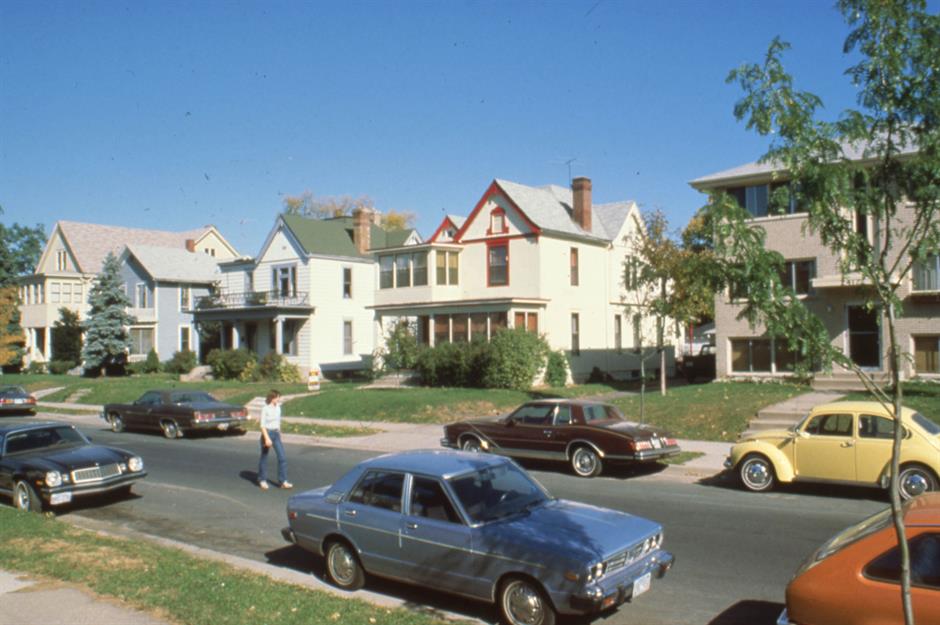
Basically, unless the rate of unemployment is very high, say over 10%, the majority of homeowners and first-time buyers alike still have a job and any adverse effects a sub 10% unemployment rate may have on prices can be offset by other more favourable factors.
Energy crisis recession: July 1981–November 1982

Just a year later the US economy entered into recession yet again. The disruption to the global oil supply caused by the Iranian Revolution of 1979 was biting hard by this point plus the Fed was still grappling with shockingly high inflation, which peaked at 22% in 1982. All in all, the US economy shrunk by 3.6% during this 16-month downturn.
Energy crisis recession: July 1981–November 1982
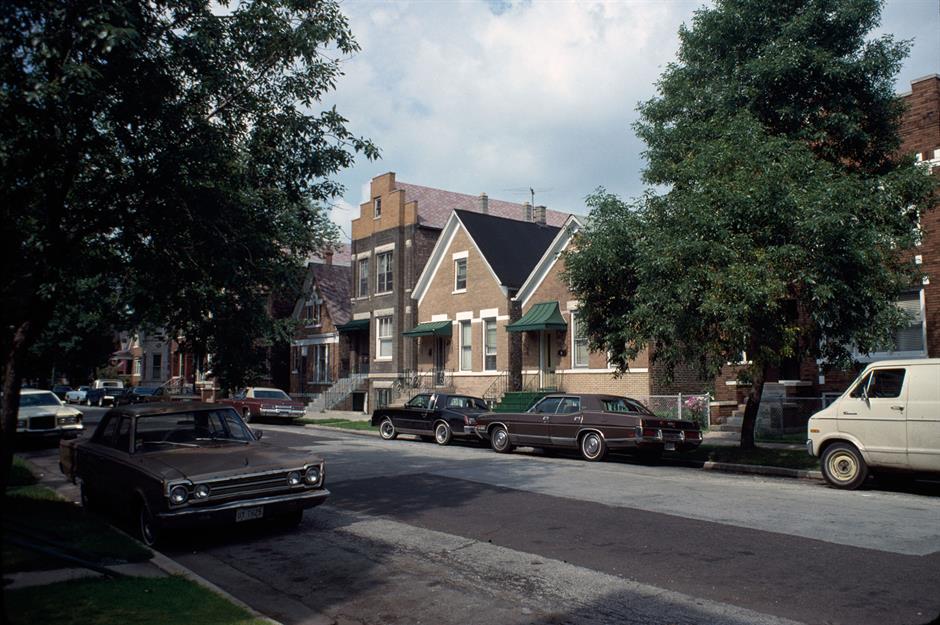
Energy crisis recession: July 1981–November 1982
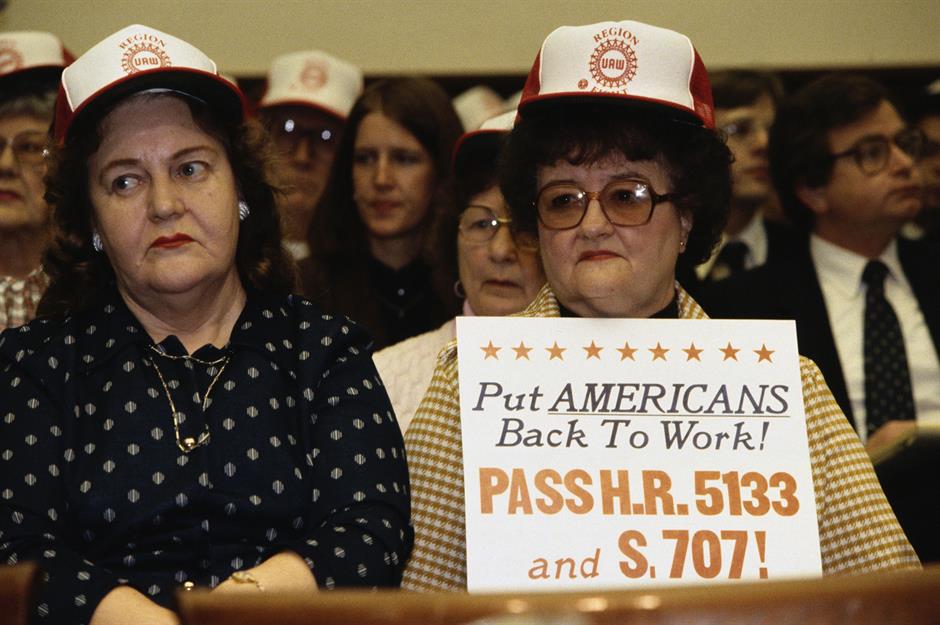
Early 1990s recession: July 1990–March 1991
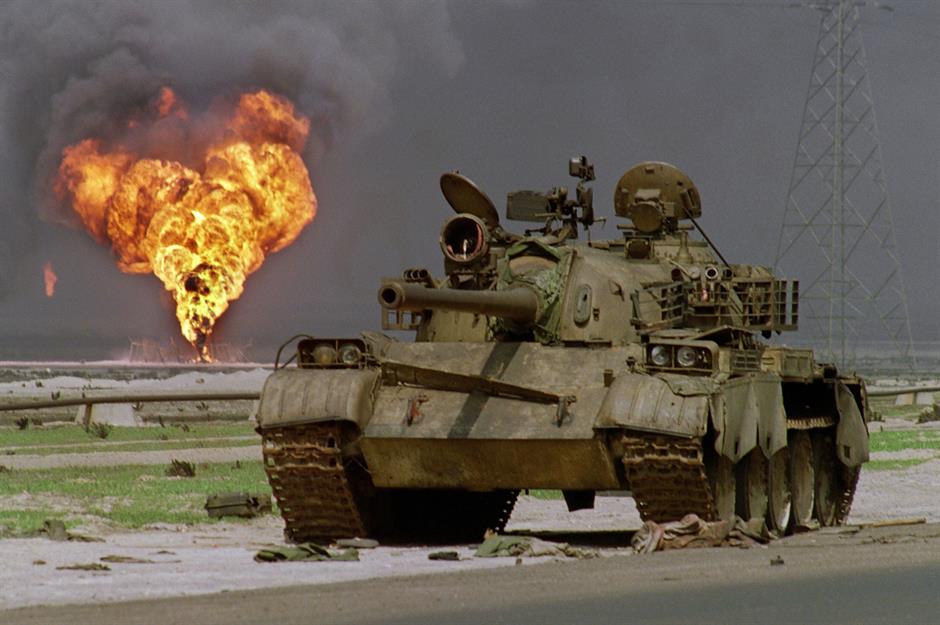
This eight-month recession had a number of causes, from the Iraqi invasion of Kuwait, which led to the 1990 oil shock and Gulf War, to a tightening of monetary policy. Other direct and indirect causes include stock market volatility and the savings and loan crisis. Comparatively shallow, the recession shaved 1.5% off America's GDP.
Early 1990s recession: July 1990–March 1991
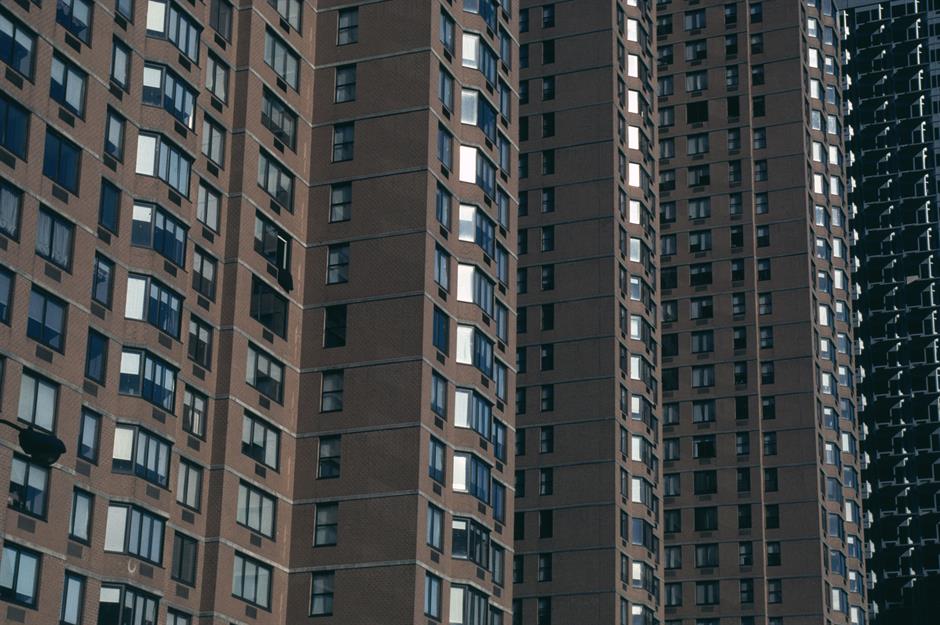
A housing bubble that was developing since the mid-1980s burst in this recession with nominal prices slipping 0.9%. Real home prices however fell by as much as 7% and in some parts of the country, New York City for instance, they didn't revert to their late 1980s levels until 2002.
Early 1990s recession: July 1990–March 1991
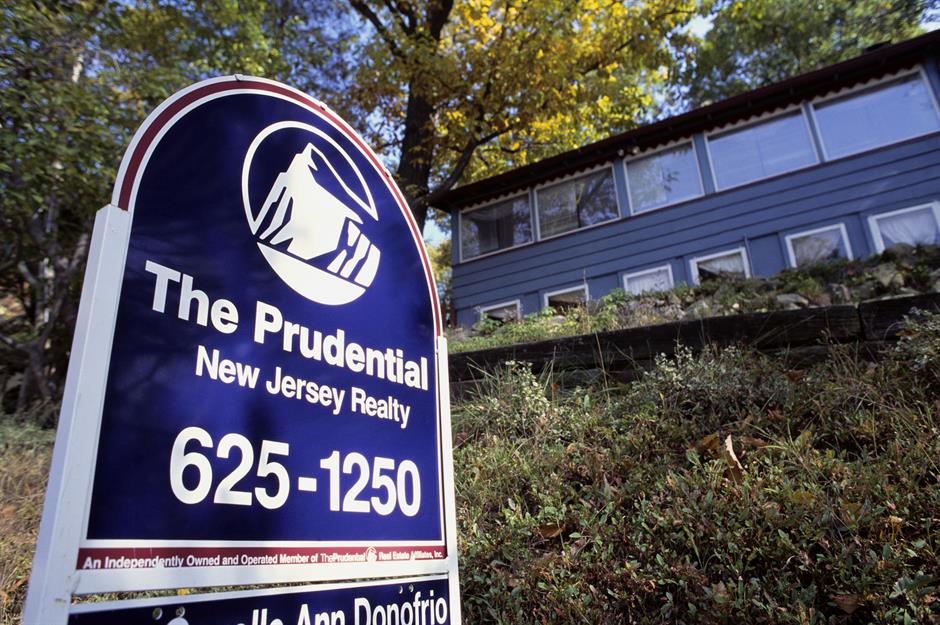
Dot-com recession: March 2001–November 2001

Dot-com recession: March 2001–November 2001
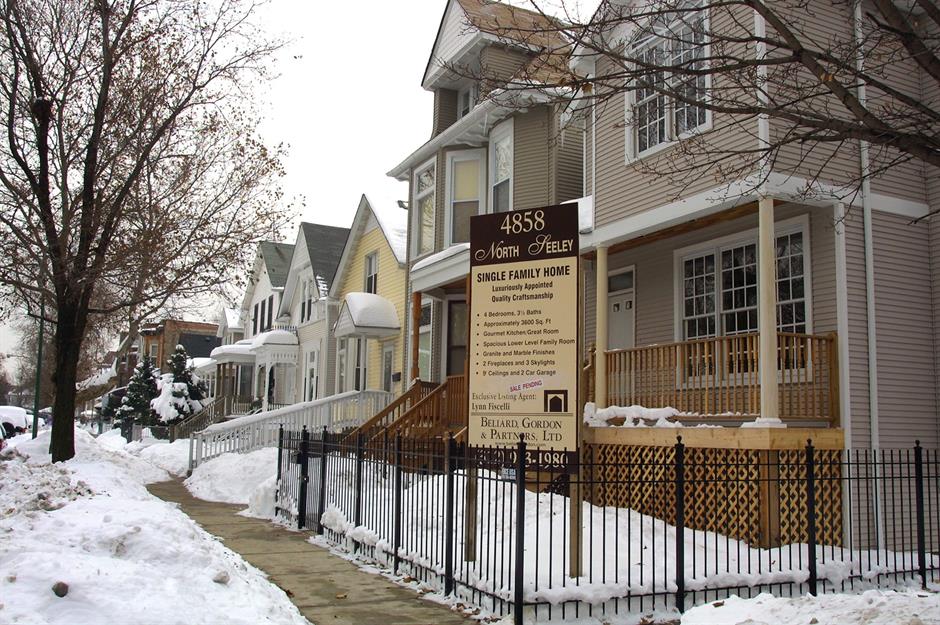
House prices rose 4.8% during this recession and new home sales climbed to an all-time high. Low interest rates and a massively deregulated mortgage market were already fueling a housing bubble and according to Yale economist Robert Shiller, the 2000 crash transferred frenzied speculation from the stock market to residential real estate, further inflating the bubble.
Dot-com recession: March 2001–November 2001
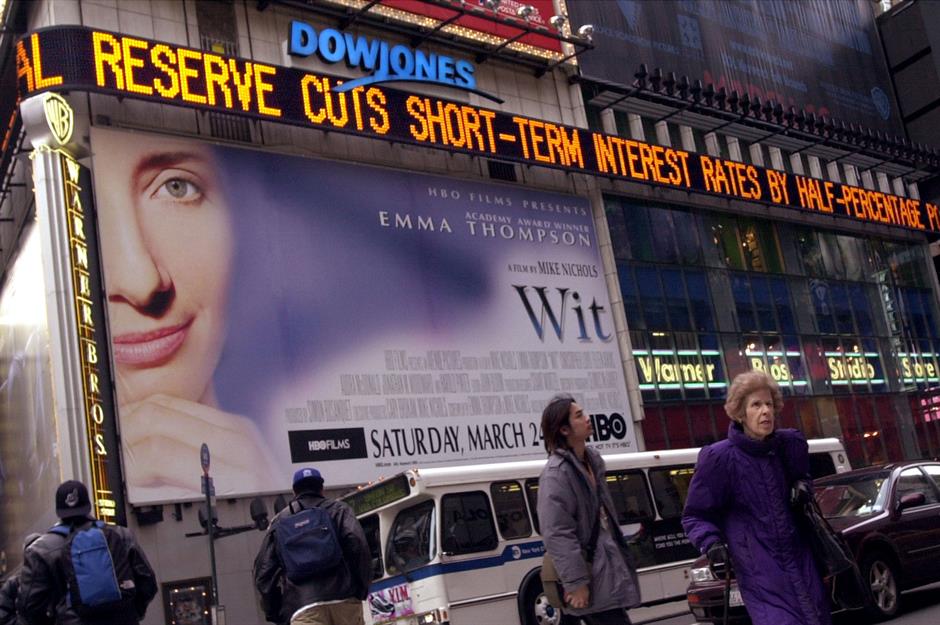
Great Recession: Dec 2007–June 2009

Great Recession: Dec 2007–June 2009

Great Recession: Dec 2007–June 2009
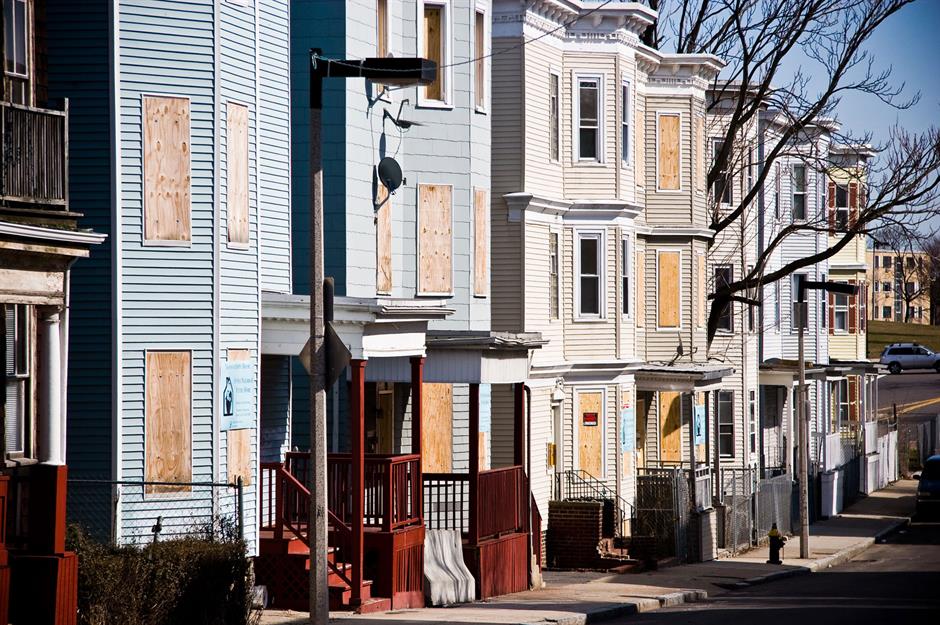
The US housing market was at the root of the Great Recession, so it's no wonder home prices fell so starkly. In contrast, the current Covid-19 recession has come at a time of relative strength and stability for the residential real estate sector, and this combined with the other factors we've mentioned should go a long way toward minimising its impact on prices.
Loved this? Check out these expert predictions for the US housing market
Comments
Be the first to comment
Do you want to comment on this article? You need to be signed in for this feature